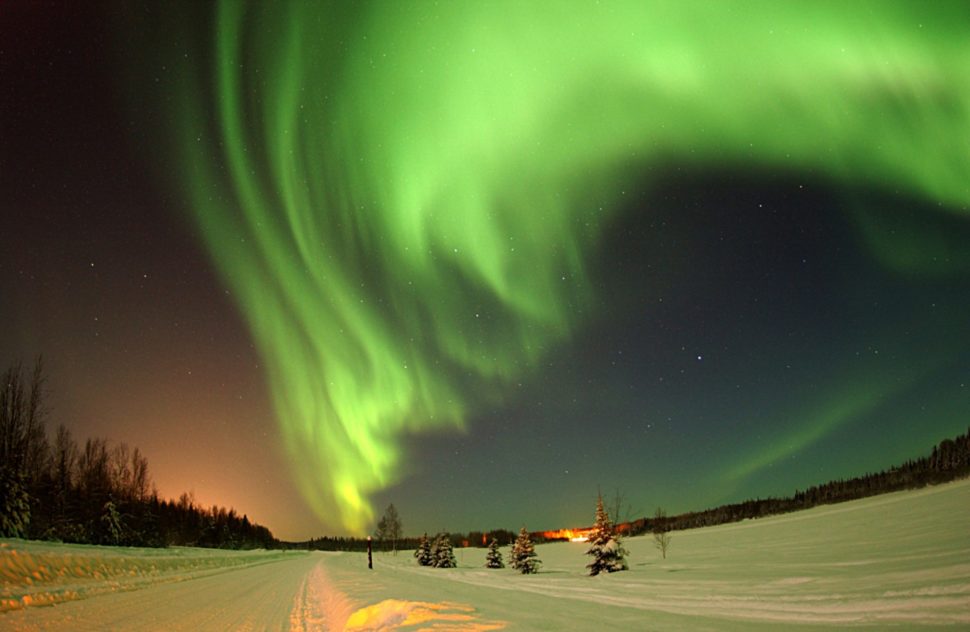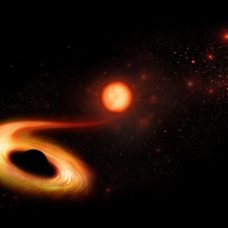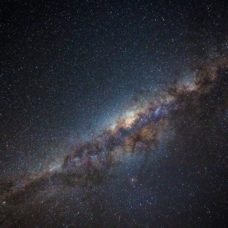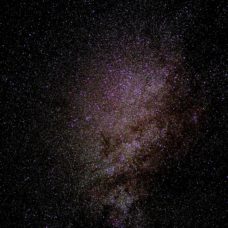Physicists are looking to auroras to unlock the mystery of energetic processes happening at the edge of Earth’s atmosphere.
Most of us are aware of the term “aurora borealis” for the Northern lights. In that term, aurora means sunrise, and borealis refers to the northern winds. This is where the name “northern lights” comes from. In the South Pole, it’s called an aurora australis..
Underpinning the awe-inspiring spectacle of auroras are the Sun’s eruptions and Earth’s own magnetic field.
Northern Lights tourism in the winter is a flourishing business, with tourists traveling from every corner of the Earth to catch a glimpse.
Scientifically, an aurora event is a geomagnetic substorm that has more to it than just a pretty light show.
Auroras Point to Energetic Instabilities in the Atmosphere
When solar winds reach Earth’s upper atmosphere, plasma particles hit the planet’s magnetic field that deflects them toward the poles.
Then, charged particles collide with air molecules. In doing so, they emit colorful lights that ripple in the sky.
The stronger the solar storm is, the stronger the the punch the magnetic field takes. The bigger the punch, the more dazzling the light display becomes.
Colors of the auroras depend on the type and quantity of gas atoms present in the atmosphere at the time, with green being the most common color.
Scientists know some of the physics behind auroras since the 19th century.
However, the phenomenon can provide insights into other physical mechanisms in space that physicists struggle to understand.
Auroras are a tell-tale sign of physical processes in space that function like TV screens showing us what happens at the edge of Earth’s magnetic field.
The team of physicists from University College London (UCL) and the University of Reading observed auroras to study the explosive energy of the phenomenon.
Jonathan Rae, from UCL Space & Climate Physics, and co-author of the paper, explains the purpose and significance of their study:
“Somewhere in the huge volume of space into which Earth’s magnetosphere stretches, this energy release occurs via instability which is really hard to pinpoint. They cause substorms whereby charged particles surf into the Earth’s atmosphere on electromagnetic waves, releasing large amounts of energy and lighting up the aurora. By studying auroras closely, we can map back to where in space the instabilities are occurring and study the physics that cause them. It’s much more efficient than trying to observe vast areas of space.”
For the study, researchers scanned large portions of the sky to locate the perfect aurora to observe, finding one over Poker Flats (Alaska).
The team used data from the Multi-spectral Observatory Of Sensitive EM-CCDs, or MOOSE for short, to track this aurora for four minutes as it took the direction of the northern pole
Read More: New Solar Device Harvests Energy From Sun and Beams Heat Into Space
In those four minutes, the team managed to “collect a wealth of data”.
They then proceeded to the analysis of data looking for specific physical clues as to how and when auroras form.
The team concluded that instability in space causes auroras.
“Our method allows us to predict what the instability is and where it is in space. In fact, the region we’ve identified is incredibly small in space terms — only a small fraction of the volume of the Earth — and we hope to study it in more detail using spacecraft that pass through the area.”
The findings of this study, the first “real physical analysis” of auroras, will help scientists get more insights about auroras. It will also give insight about other high energy events that take place within the solar system.
Researchers still have some work to do to figure out what causes instability in a specific space region in the first place.



















Comments (0)
Most Recent